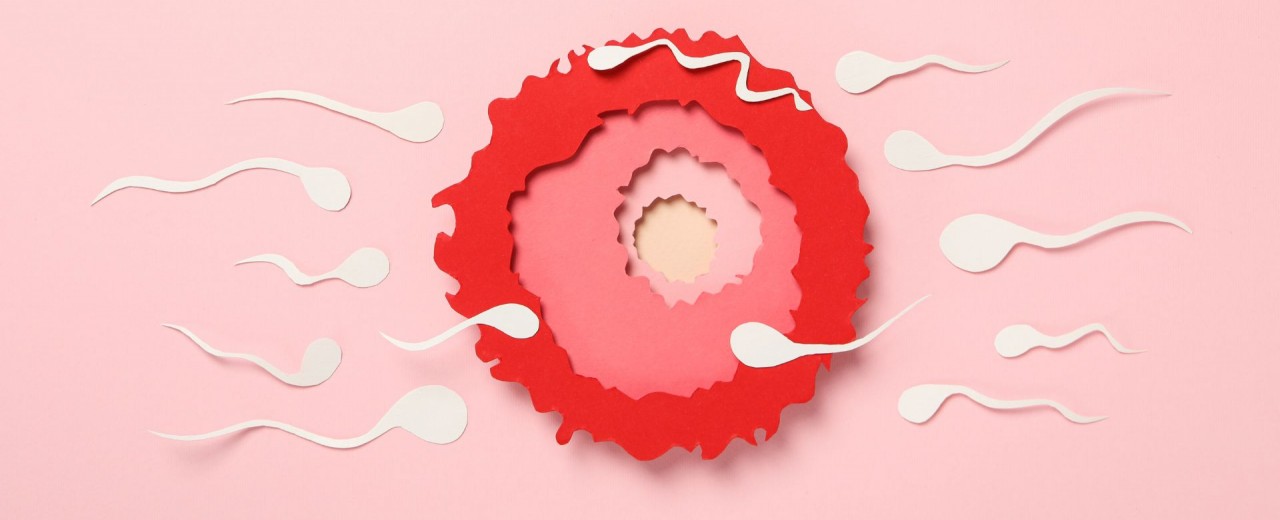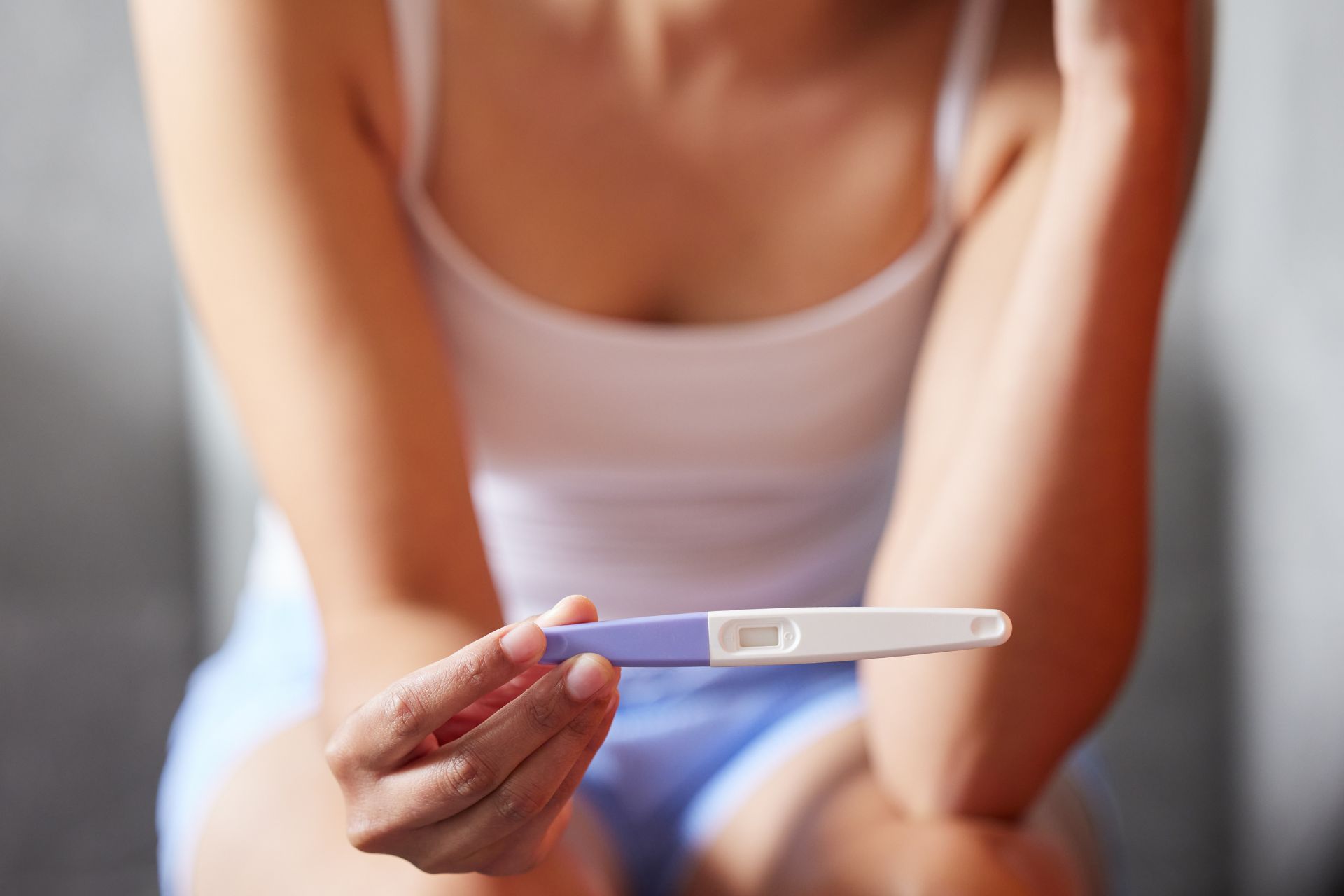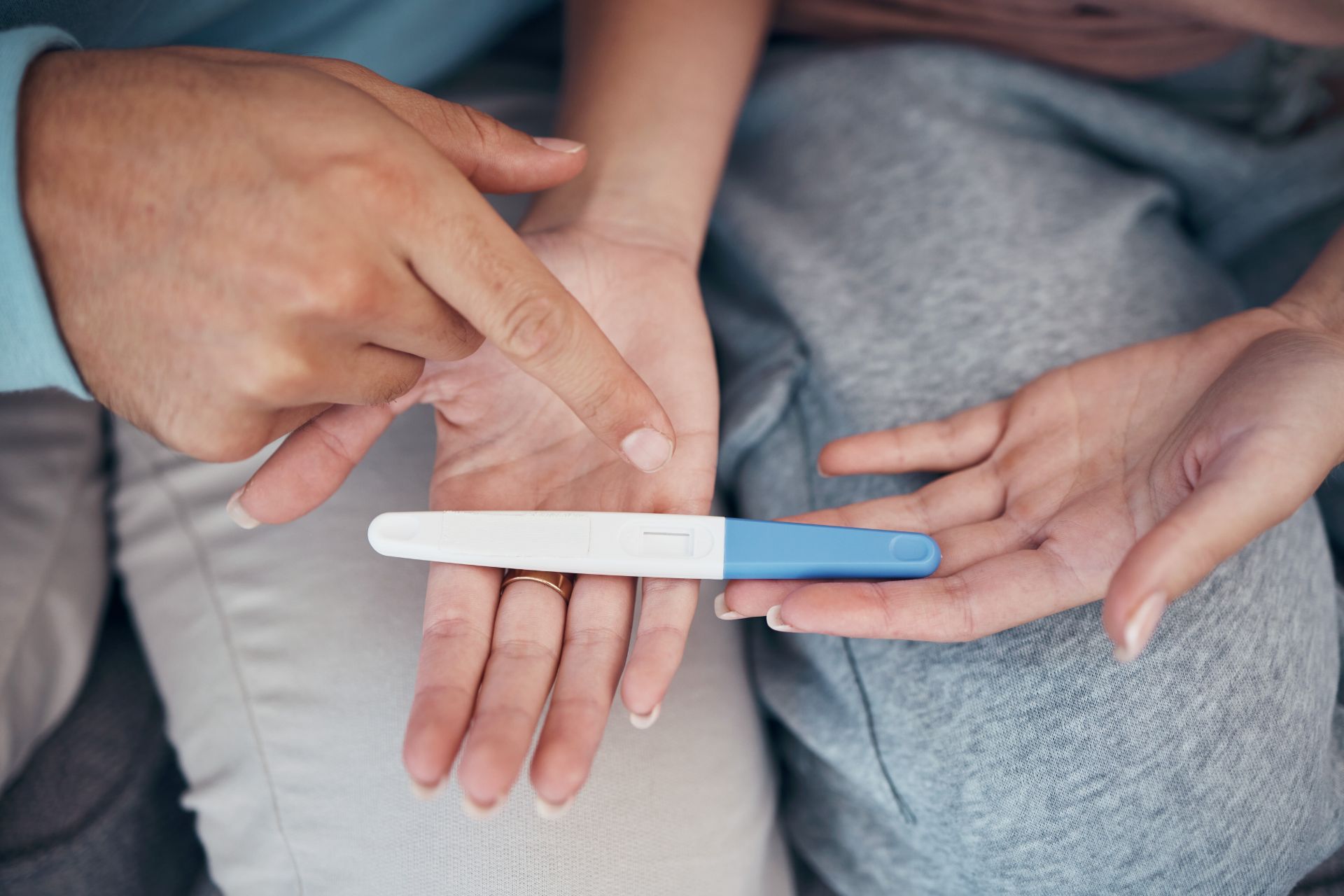What is the probability of pregnancy on non-fertile days?

The probability of pregnancy in each cycle ranges from 20–30%, depending on the woman’s age, as well as her overall health and fertility. However, this probability refers to unprotected intercourse during the woman’s “fertile window,” that is, one day before ovulation and the day of ovulation itself.
But what about the chances of pregnancy on non-fertile days? Can you get pregnant from unprotected intercourse on days outside the fertile window, such as right after your period ends or after ovulation?
The general answer is that the chances are very low. However, this depends on the day of the cycle, as well as its length and regularity.
Let’s take a closer look.
Which days are non-fertile?

The key is to determine which days are non-fertile and whether a woman can accurately identify them within her cycle.
The fertile days are considered to be those around ovulation, usually one day before and the day of ovulation itself. Fertile days can also include 2–3 days before ovulation, given that sperm can survive inside the female reproductive system for about 4–5 days.
Therefore, non-fertile days are those further away from ovulation, but with an important distinction:
- Before ovulation, for the days to be considered non-fertile, they must be at least 3 days earlier.
- After ovulation, non-fertile days begin the very next day, since the egg only survives for 24 hours in the fallopian tubes.
Additionally, to be sure you are really on your non-fertile days, you need to know exactly when you ovulate. Ovulation occurs 14 days before the next period, so only with ovulation tests can you know up to 36 hours in advance the exact time you will ovulate.
Otherwise, you may think your ovulation is many days away, when in fact it is only 1–2 days away (meaning you are in the fertile window), or you may think ovulation has already happened, while it actually hasn’t yet.
How likely is it to get pregnant on non-fertile days?

The answer depends on the point of the cycle.
After ovulation, the chances are below 1%, since the egg does not survive for more than 24 hours, and it is extremely rare for a woman to release a second egg in the same cycle.
Before ovulation, the chances are much higher, since sperm can live 4–5 days, and in some cases even 7–8 days inside the fallopian tubes, waiting for the egg.
Generally, the further away you are from ovulation, the lower the chances. If we assume that unprotected intercourse during the fertile window has a 25% chance of pregnancy, then 3 days before ovulation, this drops to about 12%, while 5 days before it is below 8%.
All this applies, however, to 28-day cycles with stable ovulation. In shorter cycles (e.g., 24 days), a woman can even get pregnant during her period.
So, whether you want to get pregnant or avoid pregnancy, it is very important to know when you ovulate. You can do this with the 100% reliable and affordable ovulation tests from HomeTest, which help you understand your cycle and know which days are truly non-fertile.
Read also: Ovulation Calculation: Everything You Need to Know for Accurate Results
0 comment(s)